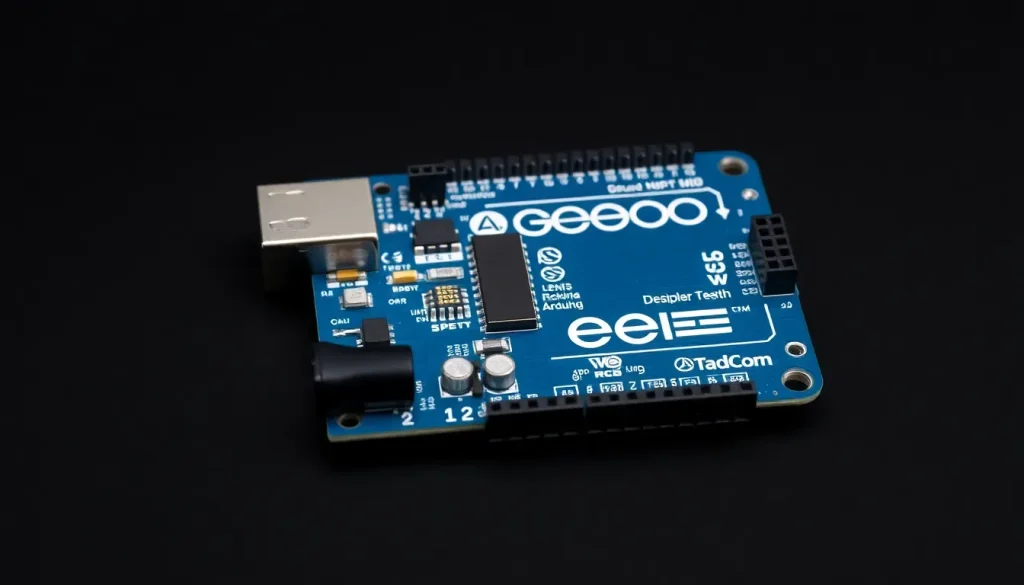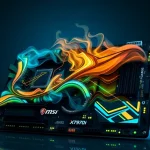Qualcomm acquires Arduino and launches next-gen UNO Q board

The tech industry is constantly evolving, with companies vying for dominance in their respective niches. Qualcomm, a leader in mobile chip technology, has made a significant move by acquiring Arduino, a well-known name in the open-source hardware and software community. This acquisition not only enhances Qualcomm's portfolio but also promises to bring exciting new developments in the realm of single-board computers (SBC) with the introduction of the Arduino UNO Q.
As Qualcomm continues to innovate with its Snapdragon technology, the incorporation of Arduino into its business model is poised to create a synergy that could revolutionize how developers and enthusiasts approach hardware design and implementation. This article delves deeper into this acquisition, the implications for both companies, and what the future might hold for the Arduino community.
Qualcomm's Strategic Acquisition of Arduino: Independence Assured
Recently, Qualcomm announced its acquisition of Arduino, a strategic decision that allows Qualcomm to expand its influence beyond mobile devices into the world of open-source hardware development. Despite the acquisition, Arduino will retain its independence, maintaining its brand identity and operational autonomy.
This independence is crucial for the vast community that Arduino has cultivated over the years. With over 33 million users, including educators, students, and technology professionals, this community thrives on the open-source principles that Arduino has championed. The acquisition signifies a new era where these users can leverage Qualcomm’s advanced technology and resources while continuing to benefit from Arduino's established ecosystem.
- Maintaining brand identity and operational autonomy.
- Access to Qualcomm's advanced technology for Arduino users.
- Potential for enhanced educational and professional development opportunities.
Qualcomm's strategy aligns with its previous efforts to diversify its offerings, including its foray into laptops and AI-driven solutions. The acquisition of Arduino represents a broader vision of integrating software, hardware, and cloud services into a cohesive platform that supports innovation across various sectors.
The Launch of the Arduino UNO Q: A New Era for SBCs
With the acquisition, Qualcomm introduced the Arduino UNO Q, a groundbreaking single-board computer that showcases the potential of this partnership. The UNO Q is powered by the Qualcomm Dragonwing QRB2210 processor, which allows it to handle complex tasks efficiently while remaining cost-effective.
This new board is designed to cater to a wide range of applications, including:
- Artificial intelligence development.
- Home automation systems.
- Industrial automation and robotics.
The incorporation of a dual-architecture design enables the UNO Q to run a full Linux ecosystem alongside a microcontroller. This configuration not only enhances its processing capabilities but also makes it a versatile tool for developers looking to experiment with various projects.
Features of the Arduino UNO Q: What Sets It Apart?
The Arduino UNO Q comes packed with features that distinguish it from its predecessors and competitors. Here are some of its notable specifications:
- Processor: Qualcomm Dragonwing QRB2210.
- Operating System: Full Linux ecosystem.
- Compatibility: Works seamlessly with the Arduino IDE and Arduino App Lab.
- Development Environment: Supports Linux, Python, and AI applications.
This combination of features positions the UNO Q as an ideal platform for both beginners and seasoned developers. With compatibility across existing Arduino tools and frameworks, users can quickly adapt and leverage their knowledge to create innovative solutions.
Implications for the Arduino Community: Opportunities and Challenges
The acquisition of Arduino by Qualcomm opens up numerous opportunities for the community. Developers can now integrate Qualcomm's cutting-edge technology into their projects, potentially leading to advancements in fields such as IoT, smart homes, and robotics.
However, this transition also presents challenges. Some members of the community may be concerned about the potential commercialization of Arduino's open-source ethos. Qualcomm must navigate these waters carefully to ensure that the core values of accessibility and education remain intact.
To address these concerns, Qualcomm has emphasized its commitment to maintaining Arduino's open-source nature while enhancing its capabilities. This dual approach aims to foster innovation while keeping the community engaged and informed.
Looking Ahead: The Future of Arduino Under Qualcomm
As Qualcomm integrates Arduino into its ecosystem, the future looks promising. The partnership is expected to yield:
- Innovative educational programs leveraging advanced technology.
- Expanded resources and support for developers.
- Collaborative projects that push the boundaries of what's possible in hardware and software development.
Moreover, the Arduino community can anticipate increased access to resources that facilitate rapid prototyping and development. This could lead to a new wave of innovation, driven by the combined expertise of Qualcomm and Arduino.
For those interested in exploring the features of the Arduino UNO Q, a detailed introduction can be found in the following video:
The future of the Arduino platform is set to be exciting, with Qualcomm's backing promising to enhance the community's capabilities and drive forward the development of innovative solutions across various sectors. As we witness this unfolding partnership, it will be intriguing to see how it shapes the landscape of open-source hardware and software in the coming years.




Leave a Reply